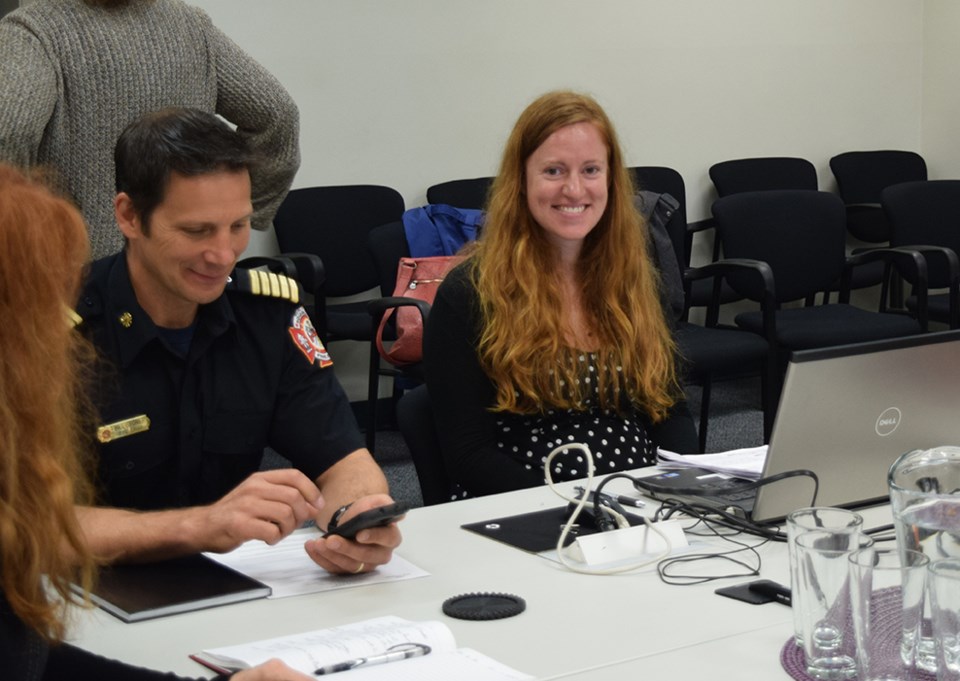During an emergency, citizens need accurate and timely information.
With this in mind, the District of Squamish is working on a partnership with the Squamish Nation and the Sea to Sky School district on a web-based mass notification system for Squamish.
The plan was presented to council on Tuesday morning at the public service committee.
“Today, with social media, you see a lot of examples in emergencies that you get misinformation out there,” said Alexis Kraig, district emergency coordinator.
“So with a mass notification system, you can get the right message to the right people at the right time.”
The system would target specific individuals or groups based on their location and needs. People in areas impacted by a disaster, for example a flood or landslide, would be notified with advanced warnings and updates, Kraig explained.
In addition to large natural disasters, examples of notifications include evacuation or shelter-in-place notices, school closures or evacuations, or power outages, according to a district report submitted to council.
The current school paper-based system, in which parents fill out forms of emergency contacts and the like, is cumbersome and not always accurate, the report states.
Once activated, residents, Squamish Nation members and business owners would be able to join the network through an online registration process. Registration would be available through the municipality, Squamish Nation and school district websites. Nation members could sign up for Nation-specific and community-wide alerts, Kraig said.
Pricing details for the software system are not yet known, but district staff estimates the system will cost about $12,000 for the first year.
The stakeholders are still in final discussions about the program, Kraig said, and a vendor for the software has not been finalized.
Should the program go ahead, a public campaign about the software would begin in the fall, according to the report.
Kraig and district staff are also currently working on a collaborative and comprehensive evacuation plan with the Squamish Nation and the Squamish-Lillooet Regional District (SLRD). The plan will lay out who is responsible for what during a coordinated evacuation in the wake of a disaster. It will include how to inform the public, the steps in an evacuation process and how to help evacuees eventually return home.
A public evacuation exercise with first responders is scheduled for October, according to Kraig. After the exercise, a final draft of the evacuation plan will be prepared for council review and approval.
The evacuation plan will be part of the district’s comprehensive emergency management plan.



